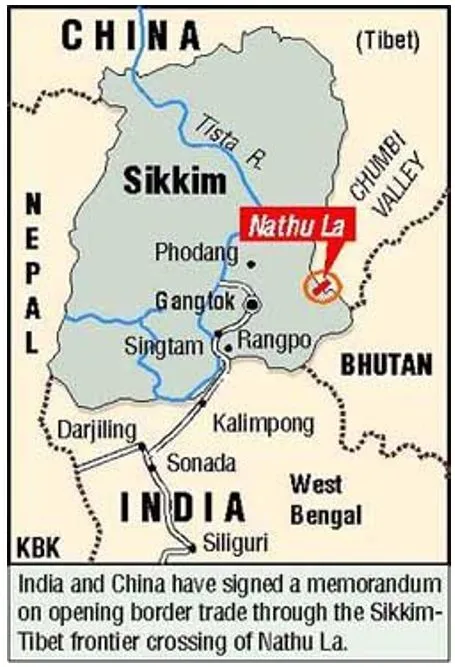

19th December 2024 (15 Topics)
Context
India and China have taken steps to improve their strained bilateral relations, which were affected by the 2020 military standoff in eastern Ladakh. The two countries reached an agreement on a set of six consensus measures aimed at restoring cooperation and easing tensions.
Key Agreements and Steps Taken:
- Resumption of Kailash Mansarovar Yatra: The Kailash Mansarovar Yatra, a pilgrimage that Indian citizens make to a sacred site in Tibet, had been disrupted due to the tensions along the India-China border. The two countries agreed to resume the Yatra, which is an important cultural and religious link between India and China.
- Enhancement of Trans-Border River Cooperation: India and China also agreed to improve cooperation related to the sharing of data and information on trans-border rivers. This includes sharing crucial water data to manage the flow of rivers that cross both countries, which is vital for water security in both regions.
- Reopening Nathula Border Trade: Nathula, a mountain pass in the eastern Himalayas, had been closed for border trade after the standoff. The two countries have now agreed to reopen this trade route, which will help restore economic exchanges and improve connectivity between the two nations.
Fact Box:
Kailash Mansarovar Yatra
Nathula Pass (Indo - China Border)
Major trans-border rivers between India and China are:
|


